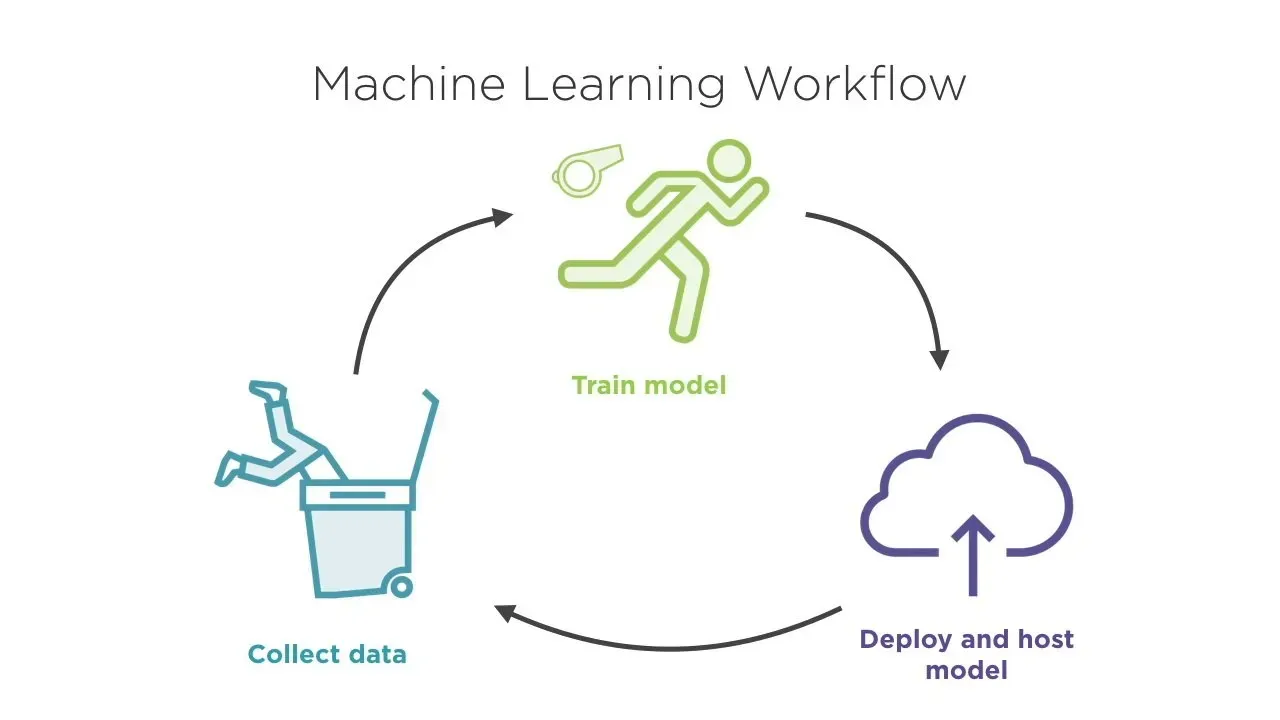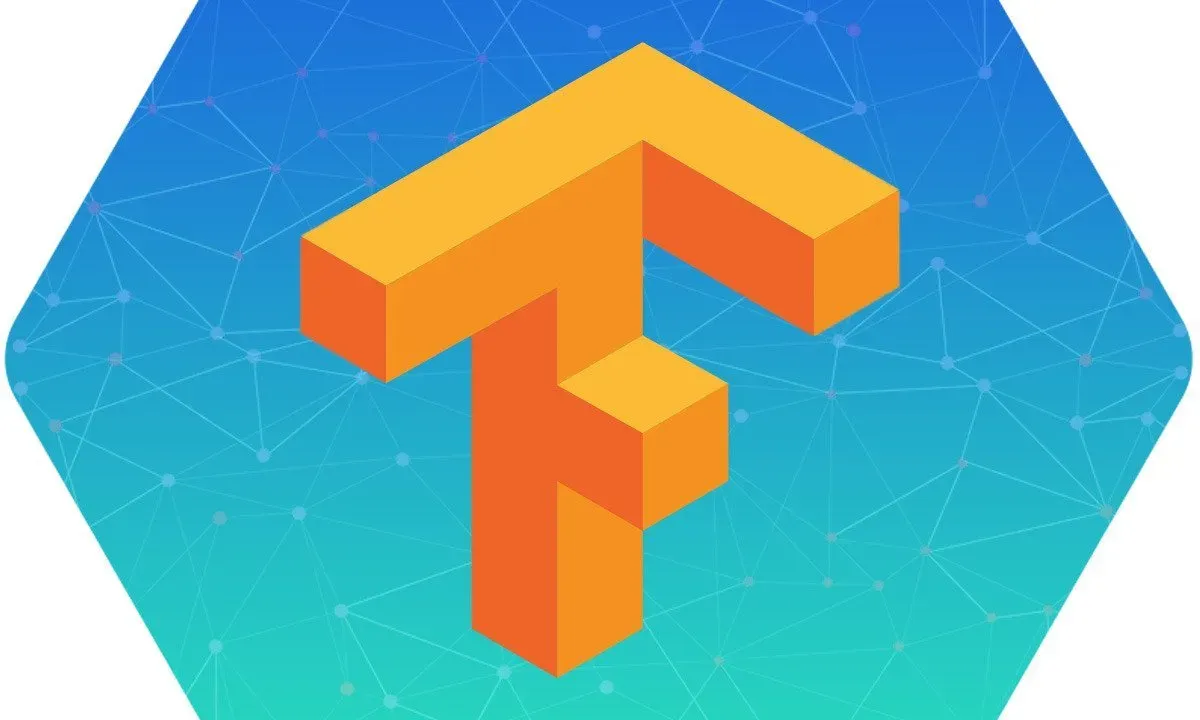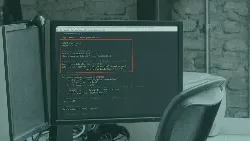
Build a Machine Learning Workflow with Keras TensorFlow 20

This course provides an introduction to building a machine learning workflow with Keras and TensorFlow 2.0. It covers the use of sequential APIs, functional APIs, model subclassing, and custom layers to create complex models.▼
Course Feature
![]() Cost:
Cost:
Free Trial
![]() Provider:
Provider:
Pluralsight
![]() Certificate:
Certificate:
Paid Certification
![]() Language:
Language:
English
![]() Start Date:
Start Date:
On-Demand
Course Overview
❗The content presented here is sourced directly from Pluralsight platform. For comprehensive course details, including enrollment information, simply click on the 'Go to class' link on our website.
Updated in [March 06th, 2023]
(Please note the following content is from the official provider.)
This course focuses on Keras as part of the TensorFlow 2.0 ecosystem, including sequential APIs to build relatively straightforward models of stacked layers, functional APIs for more complex models, and model subclassing and custom layers.
Keras shot to popularity some years ago, but in response to the rise of other deep learning frameworks such as PyTorch, Keras has transformed itself into a tightly-connected part of the TensorFlow 2.0 ecosystem. In this course, Build a Machine Learning Workflow with Keras Tensorflow 2.0, you will see how to harness the combination of the Keras APIs and the underlying power of TensorFlow 2.0 First, you will learn how different APIs in Keras lend themselves to different use cases, like sequential models consisting of stacked layers, high-level APIs contained in tf.keras, and the first-class support for TensorFlow-specific functionality. Next, you will discover how more complex types of models can be constructed using the functional API which is designed to create callable models - a change from the usual, object-oriented paradigm underlying most deep learning models. Finally, you will explore how model subclassing is implemented in Keras - which is a great way of implementing the forward pass of a model imperatively, how custom layers work - which offer a high level of flexibility and can be used to define layers that hold state, and best practices that will help you get the most out of your custom layers. When you are finished with this course, you will have the skills and knowledge to choose between the many different model-building strategies available in Keras, and to use the appropriate strategy to build a robust model that leverages the underlying power of TensorFlow 2.0.
(Please note that we obtained the following content based on information that users may want to know, such as skills, applicable scenarios, future development, etc., combined with AI tools, and have been manually reviewed)
Learners can learn from this course how to build a machine learning workflow with Keras and TensorFlow 2.0. They will gain an understanding of the different APIs available in Keras, such as the sequential API for building relatively straightforward models of stacked layers, the functional API for more complex models, and model subclassing and custom layers. They will also learn how to use the combination of the Keras APIs and the underlying power of TensorFlow 2.0 to create callable models, and how to implement the forward pass of a model imperatively. Finally, they will gain best practices to help them get the most out of their custom layers.
Course Provider






